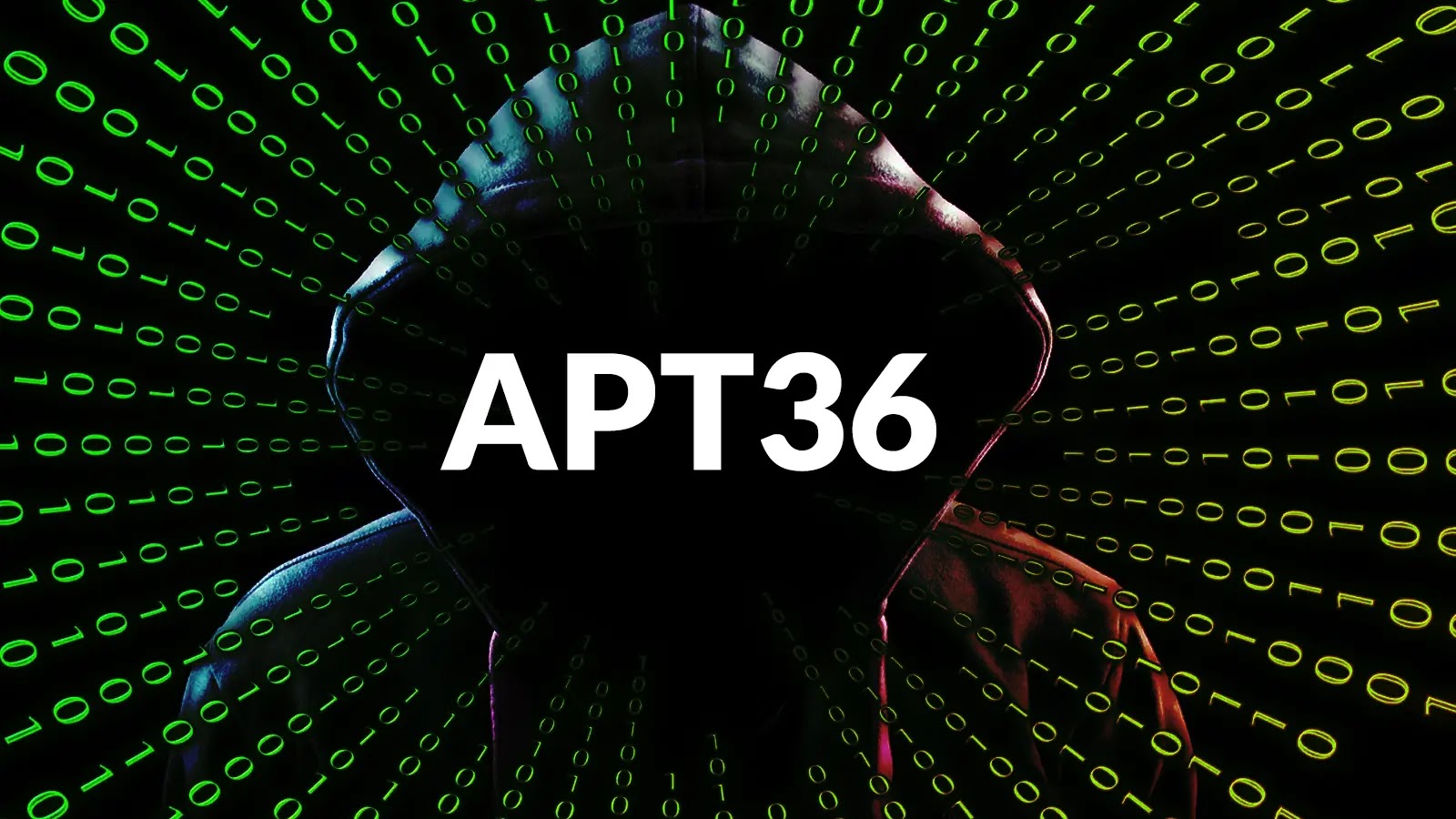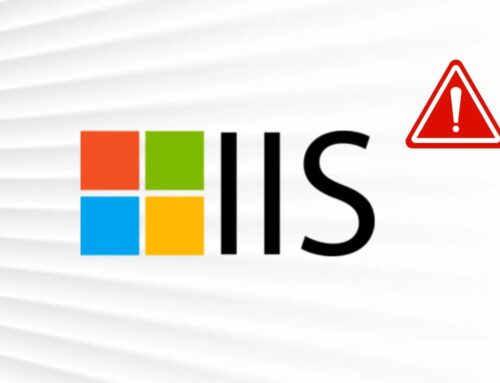
APT36 Hackers Weaponizing PDF Files to Attack Indian Railways, Oil & Government Systems
The quiet hum of critical infrastructure often belies the constant, invisible struggle against cyber threats. Recent intelligence, however, shatters that illusion with a stark warning: APT36, also known as Transparent Tribe, has broadened its malicious scope, now actively weaponizing PDF files to infiltrate the vital networks of Indian Railways, oil and gas facilities, and key government ministries. This expansion signifies a significant escalation, demanding immediate attention from cybersecurity professionals and national security stakeholders alike.
APT36: The Evolving Threat Landscape
APT36, a Pakistan-linked advanced persistent threat group, has historically focused its cyber operations on military and defense targets. However, their recent pivot indicates a strategic shift towards critical civilian infrastructure. This evolution highlights a concerning trend where nation-state-backed actors are increasingly targeting economic and societal pillars, not just defense capabilities. Their methods, particularly the use of seemingly innocuous PDF files, make detection challenging for organizations without sophisticated threat intelligence and robust security protocols.
The Deviousness of PDF Weaponization
The weaponization of PDF files is a cunning tactic. PDFs are ubiquitous in professional environments for document sharing, making them an ideal vector for stealthy attacks. APT36 leverages various techniques to embed malicious code within these files. When an unsuspecting user opens a compromised PDF, the embedded code can exploit vulnerabilities within the PDF reader or operating system, leading to:
- Remote Code Execution (RCE): Allowing attackers to run arbitrary code on the victim’s system.
- Information Theft: Exfiltrating sensitive data, credentials, or intellectual property.
- Malware Dropping: Installing backdoors, keyloggers, or ransomware for persistent access and further compromise.
This method bypasses traditional email attachment scanners that may focus solely on executables, underscoring the need for layered security approaches.
Targeting India’s Critical Infrastructure
The explicit targeting of entities like Indian Railways, oil & gas installations, and government ministries is deeply alarming. These sectors form the backbone of a nation’s economy and security. A successful cyberattack could lead to:
- Operational Disruptions: Halting train services or energy supply, creating chaos and economic losses.
- Data Breaches: Compromising sensitive citizen data, strategic plans, or proprietary industrial information.
- Espionage: Gaining insights into national security strategies, military logistics, or economic policies.
The potential for physical damage and societal disruption from such attacks cannot be overstated.
Remediation Actions and Proactive Defense
Organizations, particularly those in critical infrastructure sectors, must adopt a proactive and multi-faceted cybersecurity posture to defend against sophisticated groups like APT36. Here are key remediation and preventative actions:
- Patch Management: Regularly update all software, especially PDF readers, operating systems, and widely used applications, to patch known vulnerabilities. For targeted PDF exploits, staying current with patches for programs like Adobe Acrobat Reader is paramount. Keep an eye on new CVEs associated with PDF vulnerabilities, for example, a hypothetical vulnerability like CVE-2023-12345 would warrant immediate attention if it were related to PDF parsing.
- Email and Attachment Security: Implement robust email security gateways that include advanced threat protection, sandboxing, and deep content inspection for attachments, not just executables. Educate users about identifying phishing attempts and suspicious attachments.
- Endpoint Detection and Response (EDR): Deploy EDR solutions to monitor endpoints for suspicious activity, even after initial compromise. EDR can detect unusual processes, network connections, and file modifications indicative of an ongoing attack.
- Network Segmentation: Isolate critical operational technology (OT) and industrial control systems (ICS) networks from IT networks to contain potential breaches.
- User Awareness Training: Conduct regular, comprehensive security awareness training for all employees. Emphasize the dangers of opening unsolicited attachments, especially PDFs, and clicking on suspicious links. Instill a culture of skepticism regarding unknown or unexpected communications.
- Threat Intelligence Sharing: Subscribe to threat intelligence feeds to stay updated on new APT tactics, techniques, and procedures (TTPs), including the specific TTPs of groups like APT36.
- Incident Response Plan: Develop and regularly drill a comprehensive incident response plan to ensure rapid detection, containment, eradication, and recovery in the event of a breach.
- Principle of Least Privilege: Implement the principle of least privilege for all users and systems, limiting access rights to only what is absolutely necessary for their function.
Tools for Enhanced Security
| Tool Name | Purpose | Link |
|---|---|---|
| Cisco Talos Intelligence Group | Comprehensive threat intelligence and research | https://talosintelligence.com/ |
| VirusTotal | Malware analysis service for suspicious files and URLs | https://www.virustotal.com/ |
| Any.Run | Interactive sandbox for malware analysis | https://any.run/ |
| Palo Alto Networks WildFire | Cloud-based threat analysis service for advanced malware prevention | https://www.paloaltonetworks.com/products/security-operating-platform/wildfire |
| Mandiant Threat Intelligence | FireEye’s leading threat intelligence insights | https://www.mandiant.com/resources/threat-intelligence |
Conclusion
The escalation of APT36’s targeting to include critical Indian infrastructure via weaponized PDF files represents a significant cyber threat. Organizations operating in these sensitive sectors must recognize the evolving nature of advanced persistent threats and proactively strengthen their defenses. A combination of robust technical controls, continuous user education, and a strong incident response framework is essential to thwarting these sophisticated attacks and safeguarding national assets.





